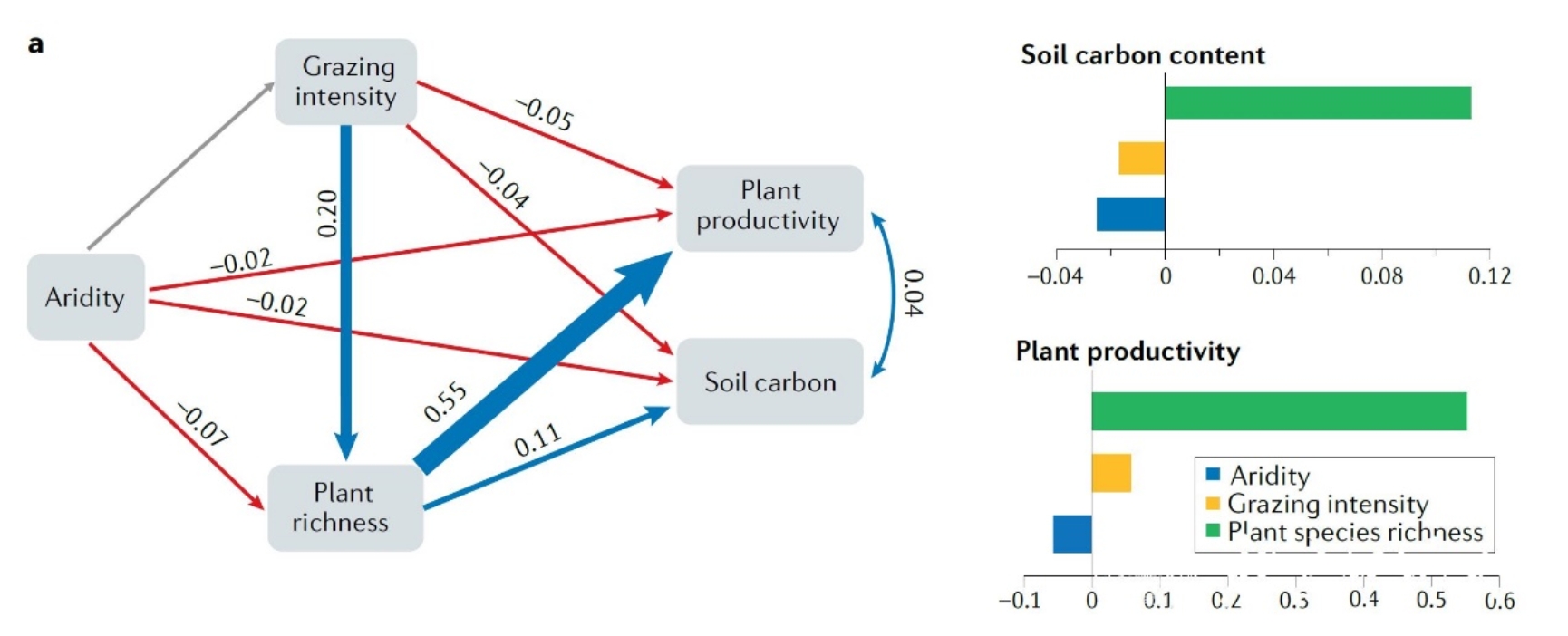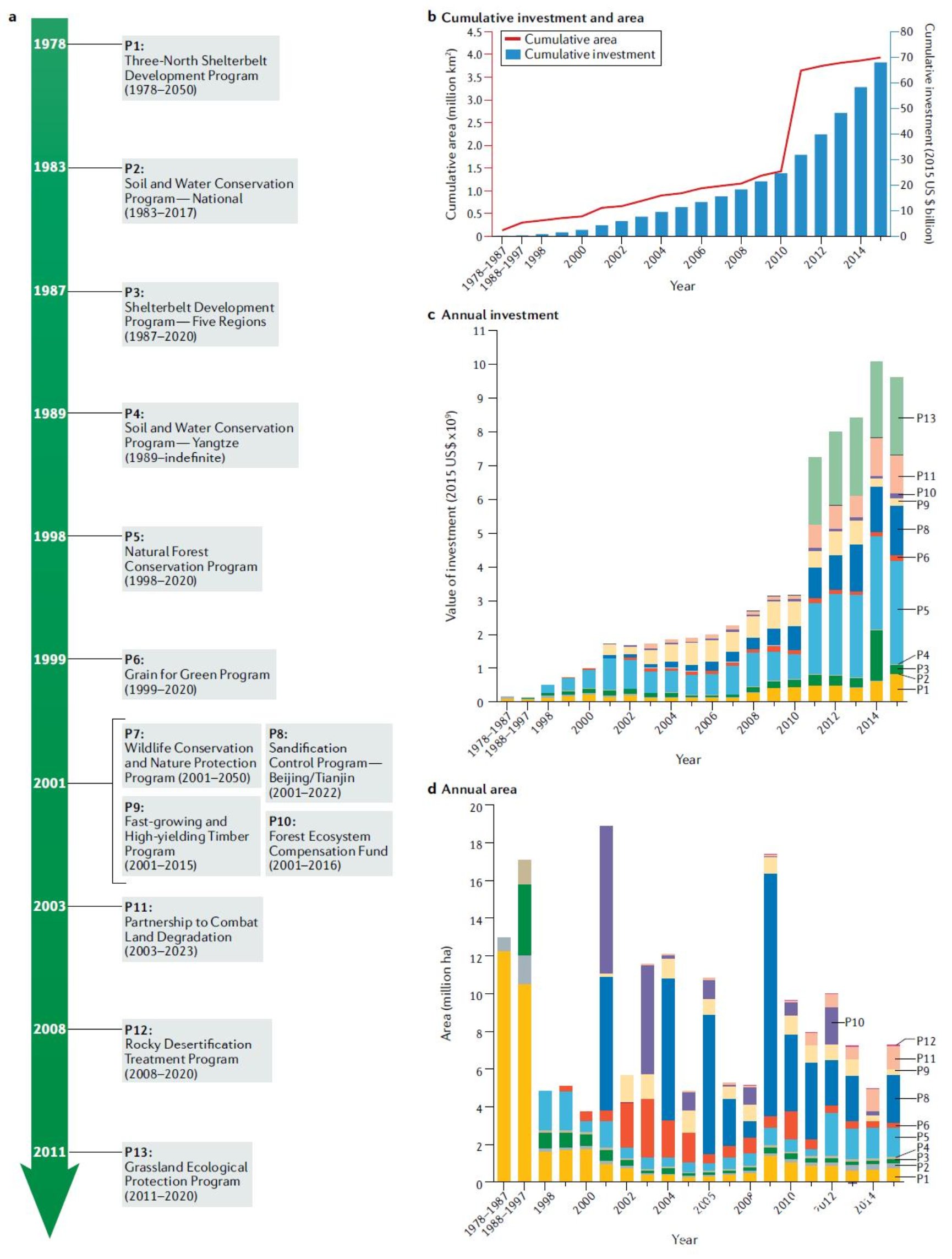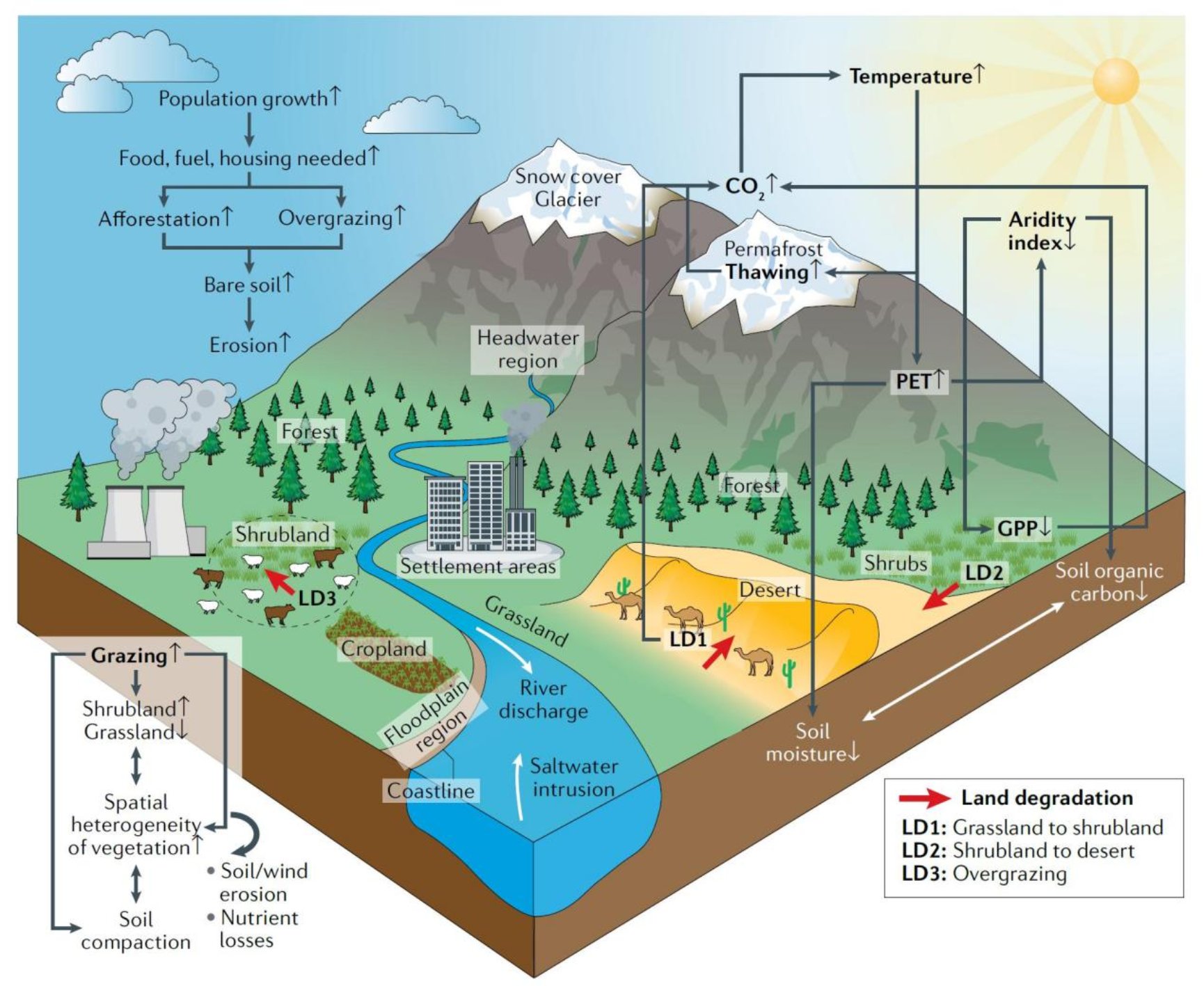BNU Professor Fu Bojie’s team published paper on China’s Drylands in Nature Reviews Earth and Environment
Academician Fu Bojie’s team from the Faculty of Geographical Science (BNU) published a paper in Nature Reviews Earth & Environment on November 9, 2021 which reveals the ecosystem changes and driving mechanisms in drylands of China and clarifies the effects of ecological protection and restoration projects. This fills the gap in systematic researches on ecosystem changes, driving mechanisms and ecological protection and restoration engineering effects in China's drylands.
Drylands are zones where the ratio of the average annual rainfall to potential evaporation is less than 0.65. With a fragile ecological environment and a high risk of desertification, it is one of the most vulnerable areas to climate change. China's drylands are widely distributed and highly diversified. From 1980 to 2000, the global dryland expanded by about 4%, one third of which was China's dryland expansion.
The study shows that 45.8% of China’s drylands experienced notable vegetation greenness, whereas 11.4% underwent desertification from 1982 to 2015. By quantifying the relative contribution of the drivers of ecosystem function changes in drylands, it is found that aridity has no significant effect on grazing intensity but a negative effect on plant richness, plant productivity and soil carbon. Plant richness has a positive effect on plant productivity and soil carbon (see Figure 1).

Figure 1. The relative contribution of the drivers of ecosystem function changes in China's drylands
The combination of climate change and human activities has led to serious desertification in China’s drylands. The study shows that wind, water and freeze–thaw erosion emerge as major active desertification processes. Water erosion affects the largest area (37.4%), and its main affected areas are distributed in semi-arid and dry sub-humid areas, but the intensity is mostly minor, mild and moderate. Wind erosion mainly affects hyper-arid and arid areas, the intensity is mostly strong, extremely strong and dramatic. Freeze-thaw erosion mainly affects the Qinghai-Tibet Plateau region, and the intensity is mostly minor, mild and moderate (see Figure 2).

Figure 2. Spatial distribution and intensity of three key processes of desertification in China’s drylands
Since 1978, China has launched a number of ecological protection and restoration programs. Covering nearly 60% of the drylands, the 13 programs include Three-North Shelterbelt Forest Program, Soil and Water Conservation Program, Grain for Green Program, Natural Forest Conservation Program, Sandification Control Program Beijing/Tianjin and so on (see Figure 3). They have had an important impact on vegetation, water cycle, desertification, ecosystem services, etc., which have led to vegetation greenness, land degradation recovery and ecosystem function promotion in drylands.

Figure 3. Investment, scale and coverage of important ecological protection and restoration projects in China's drylands

Figure 4. The ecosystem structure and function of China's drylands under the changing environment
The paper also puts forward the weakness and probable future researches on China's drylands, for example, studies on the threshold value of afforestation to meet vegetation growth and sustainable water use under the joint effect of climate change and human activities, studies on nonlinear response and driving mechanism of arid ecosystems to climate change, and the long-term field observation and simulation studies on the impact of large-scale ecological restoration projects on soil and local climate (e.g. precipitation and temperature).
Li Changjia, Faculty of Geographical Science, BNU, is the first author of the paper. Academician Fu Bojie is the author of the newsletter.
Changjia Li, Bojie Fu*, Shuai Wang, Lindsay C. Stringer, Yaping Wang, Zidong Li, Yanxu Liu, Wenxin Zhou. Drivers and impacts of changes in China’s drylands. Nature Reviews Earth & Environment. 2021. DOI: 10.1038/s43017-021-00226- z
Link:https://www.nature.com/articles/s43017-021-00226-z


